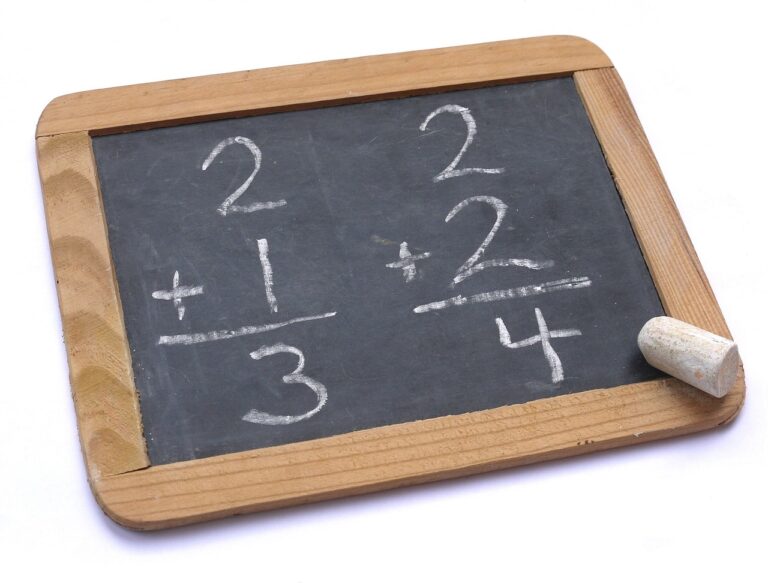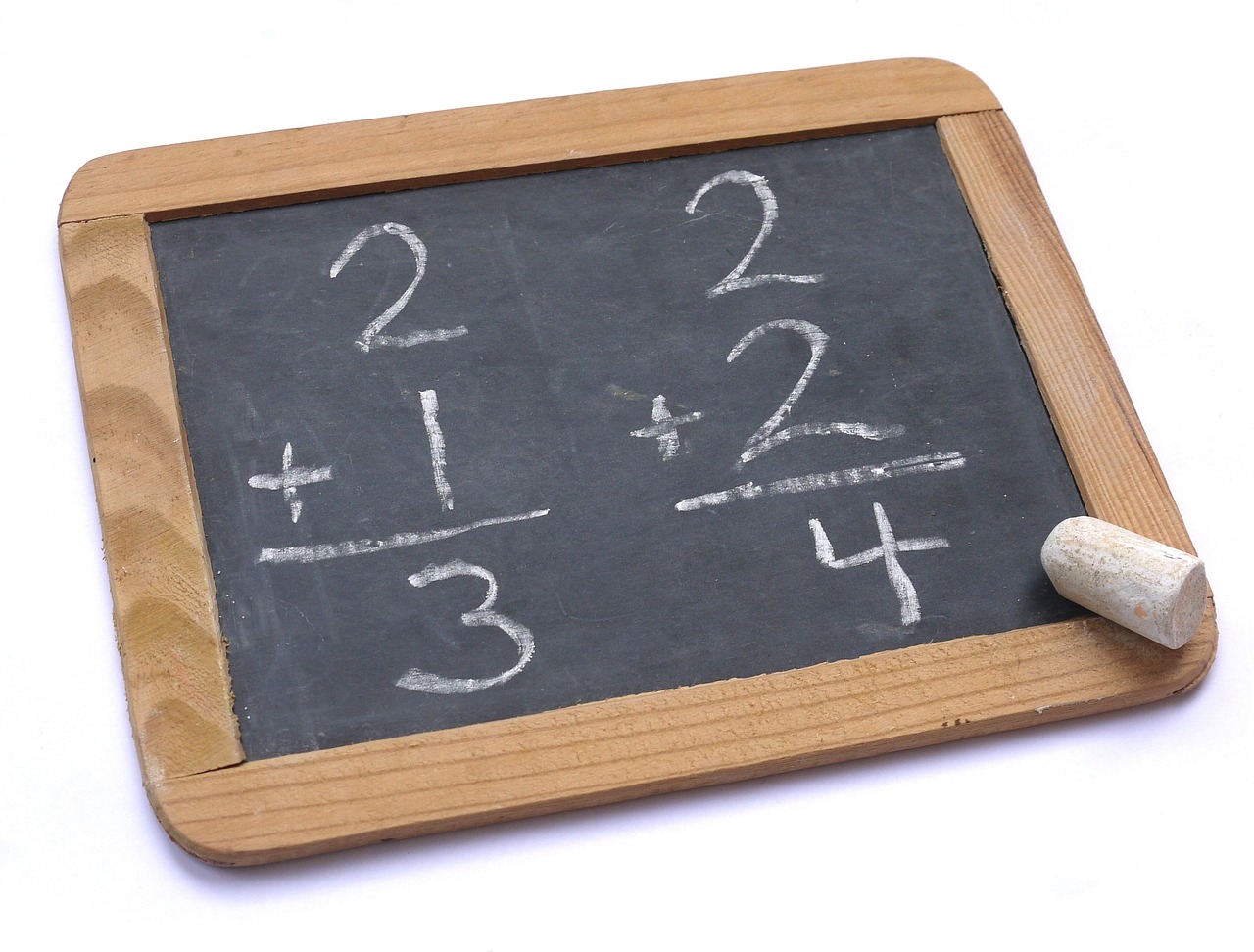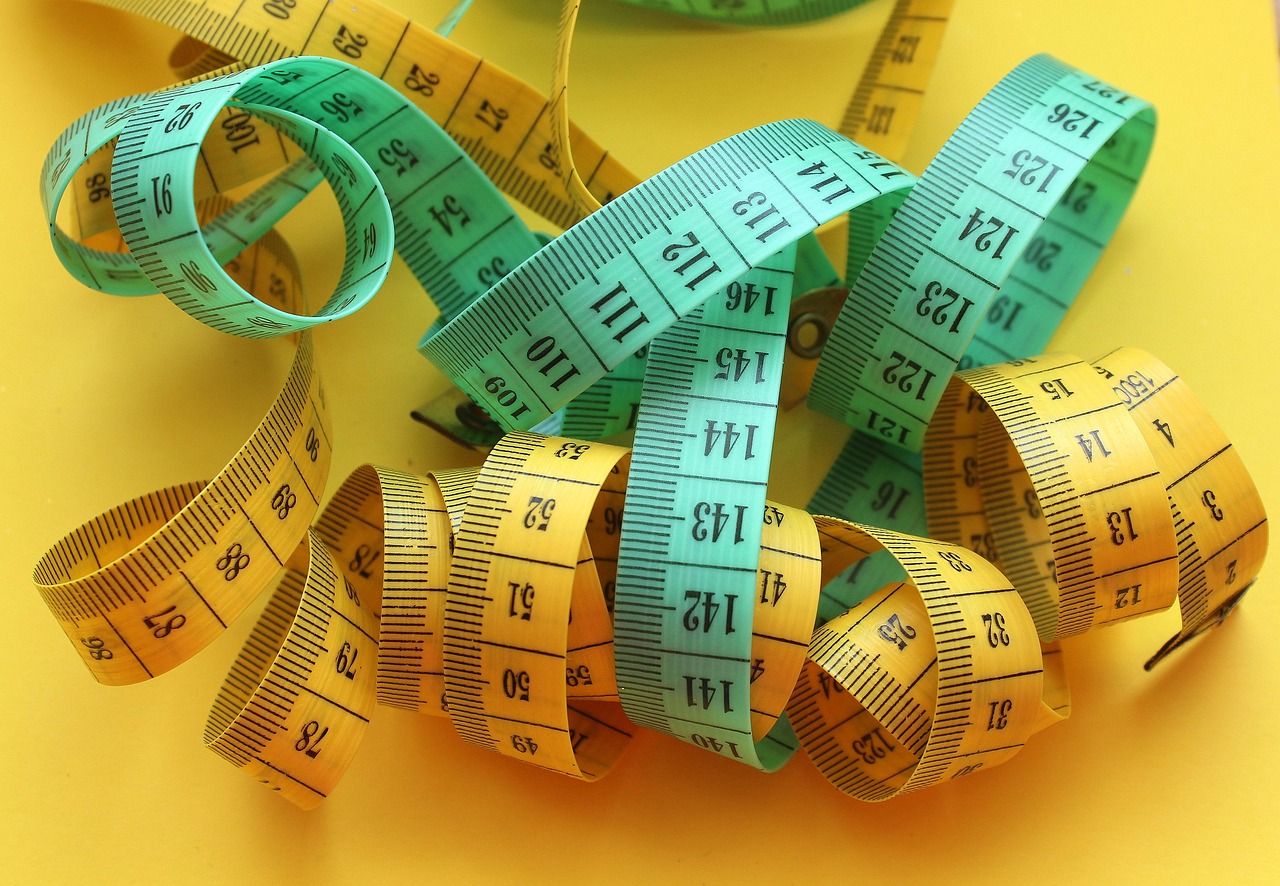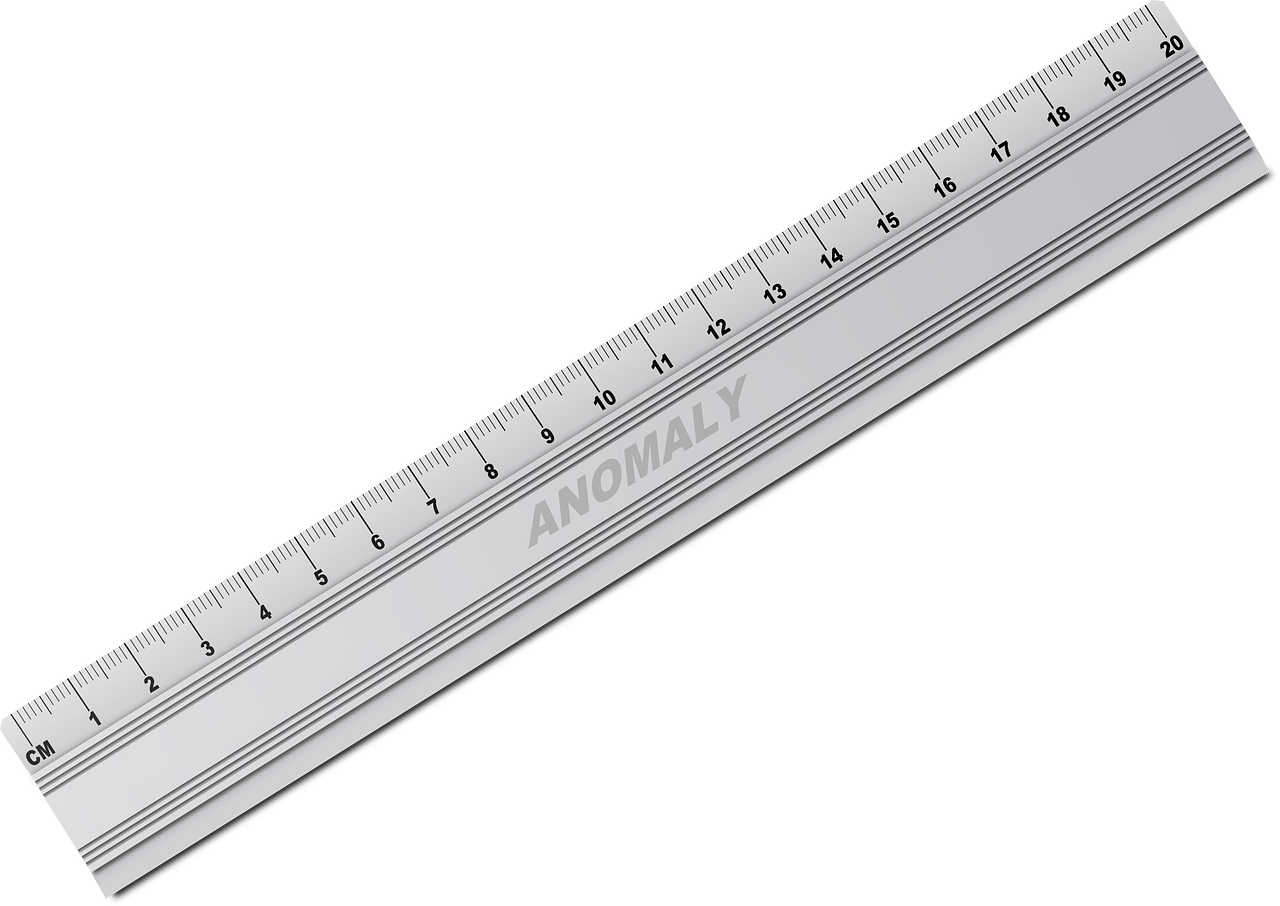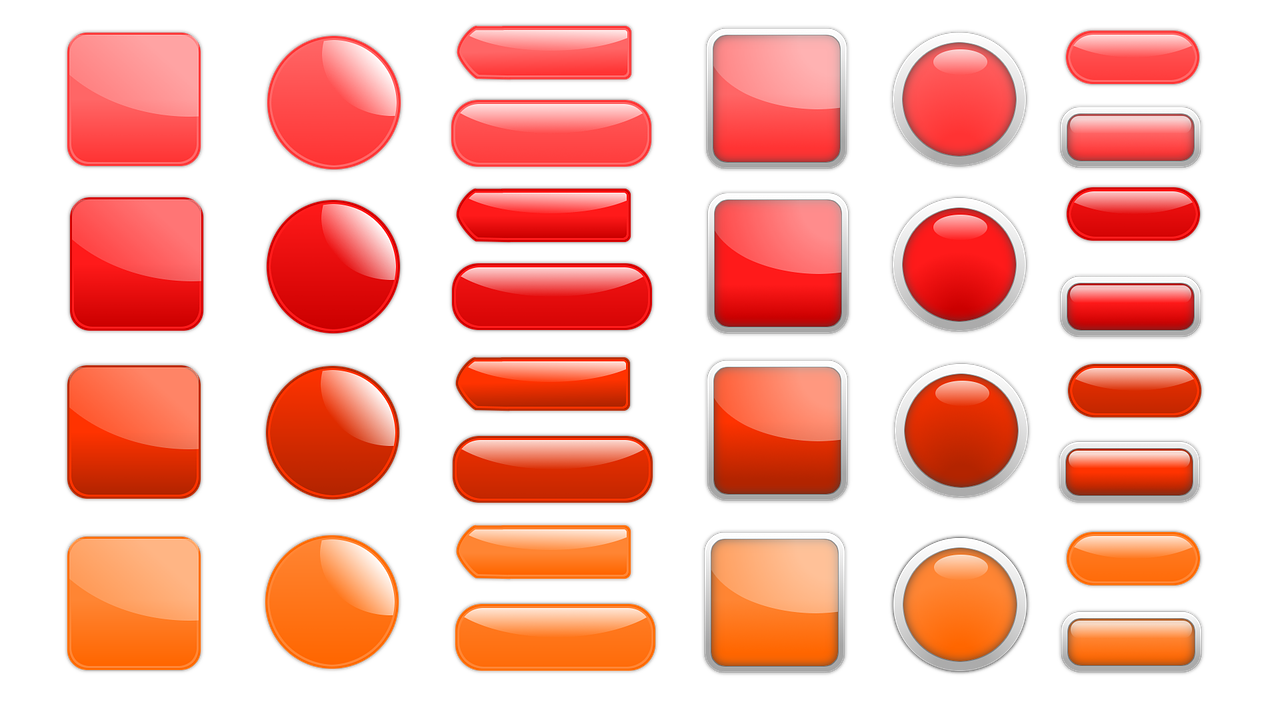Subject: Mathematics
Class: Primary 2
Topic: Subtraction of 3-Digit Numbers Without Regrouping (Word Problems on Subtraction)
Week: 3
Term: Third Term
Duration: 40 minutes
A. Lesson Objectives
By the end of this lesson, pupils should be able to:
Understand how to subtract 3-digit numbers without regrouping.
Solve word problems involving the subtraction of 3-digit numbers.
Apply the correct method of subtraction to solve word problems.
Use subtraction to find the difference between numbers in real-life situations.
B. Instructional Materials
Whiteboard and markers
Place value charts (hundreds, tens, and ones)
Flashcards with numbers for word problems
Worksheets with word problems on subtraction
Number line (optional)
C. Lesson Content
1. What is Subtraction of 3-Digit Numbers Without Regrouping?
Subtraction of 3-digit numbers without regrouping involves subtracting numbers from each place value column (hundreds, tens, ones) without having to borrow or “regroup” from a higher column.
For example:
Example 1: Subtract 532 – 214
Step 1: Subtract the Ones
2 (ones in 532) – 4 (ones in 214): Since 2 is smaller than 4, we do not have enough to subtract without regrouping. But in this case, as we are not regrouping, let’s try another example where subtraction does not need regrouping.
Example 2 (valid without regrouping): Subtract 423 – 212.
Step 1: Subtract the Ones
3 (ones in 423) – 2 (ones in 212) = 1
Step 2: Subtract the Tens
2 (tens in 423) – 1 (tens in 212) = 1
Step 3: Subtract the Hundreds
4 (hundreds in 423) – 2 (hundreds in 212) = 2
So, 423 – 212 = 211
There is no need to regroup, and the subtraction is performed directly.
2. Solving Word Problems Involving Subtraction
To solve word problems, we need to:
Read the problem carefully.
Identify the numbers to be subtracted.
Perform the subtraction step by step.
Write the answer in a complete sentence.
Example Word Problem 1:
James has 524 marbles. He gave 312 marbles to his friend. How many marbles does James have left?
Step 1: Identify the numbers to subtract
James has 524 marbles, and he gave away 312 marbles. So, we need to subtract 312 from 524.
Step 2: Subtract the Ones
4 (ones in 524) – 2 (ones in 312) = 2
Step 3: Subtract the Tens
2 (tens in 524) – 1 (tens in 312) = 1
Step 4: Subtract the Hundreds
5 (hundreds in 524) – 3 (hundreds in 312) = 2
So, 524 – 312 = 212
Answer: James has 212 marbles left.
Example Word Problem 2:
A shop has 743 toys. They sold 421 toys. How many toys are left in the shop?
Step 1: Identify the numbers to subtract
The shop has 743 toys and sold 421 toys. So, we need to subtract 421 from 743.
Step 2: Subtract the Ones
3 (ones in 743) – 1 (ones in 421) = 2
Step 3: Subtract the Tens
4 (tens in 743) – 2 (tens in 421) = 2
Step 4: Subtract the Hundreds
7 (hundreds in 743) – 4 (hundreds in 421) = 3
So, 743 – 421 = 322
Answer: The shop has 322 toys left.
3. Practice Problems
Let’s try some more word problems on subtraction.
Problem 1:
Mary had 562 stickers. She gave 325 stickers to her friend. How many stickers does she have left?
Solution:
562 – 325 = _______
Problem 2:
There were 785 apples in the basket. After 462 apples were taken, how many apples remain in the basket?
Solution:
785 – 462 = _______
Problem 3:
A library has 629 books. It sold 354 books. How many books does the library have left?
Solution:
629 – 354 = _______
D. Class Activities
Activity 1: Solve Word Problems on the Board
Write the word problems on the board and ask students to solve them step by step.
Guide them through the process of subtracting the numbers in the correct columns.
Activity 2: Pair Work
Pair the students and give them different word problems to solve.
Each pair will present their solution to the class.
Activity 3: Subtraction Bingo
Prepare bingo cards with different subtraction sums of 3-digit numbers.
Call out word problems, and students will mark the correct answer on their bingo cards.
The first student to complete a line wins.
E. Evaluation (Assessment)
Ask pupils to solve word problems independently and check their answers.
Observe if students can correctly identify the numbers and apply subtraction without regrouping.
Ask some students to explain their method of solving word problems to ensure understanding.
F. Assignment
Complete the following word problems for homework:
Peter had 684 apples. He gave 213 apples to his brother. How many apples does Peter have now?
A school library had 512 books. It donated 176 books to another school. How many books does the library have left?
Solve the following:
653 – 421 = _______
741 – 153 = _______
G. Conclusion
Recap the steps of subtracting three-digit numbers without regrouping: Subtract the ones, tens, and hundreds columns separately.
Reiterate the importance of understanding word problems and practicing subtraction.
Encourage students to continue solving word problems in their daily practice to improve their skills.

